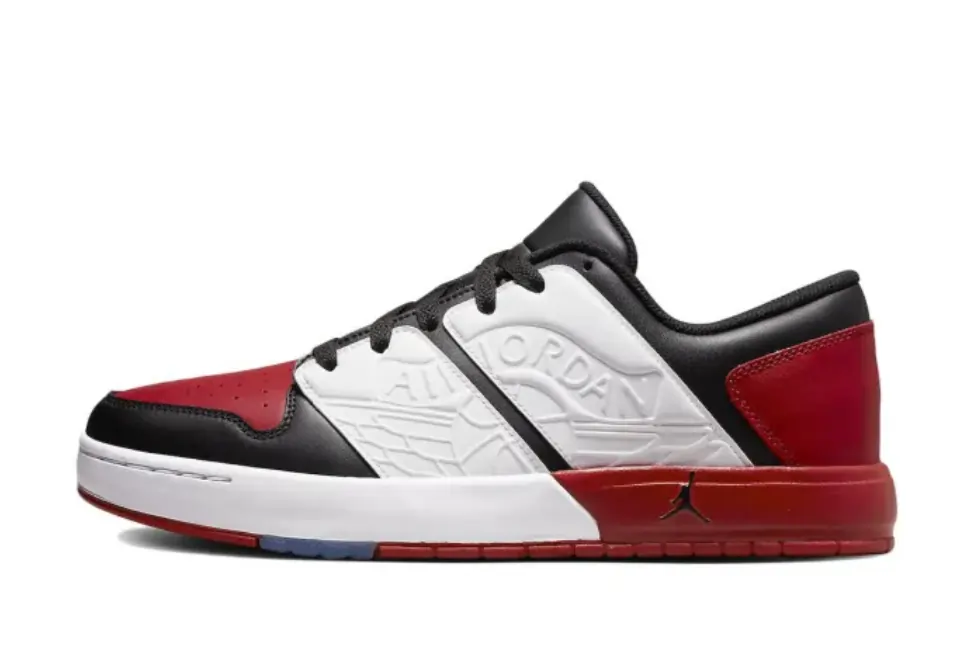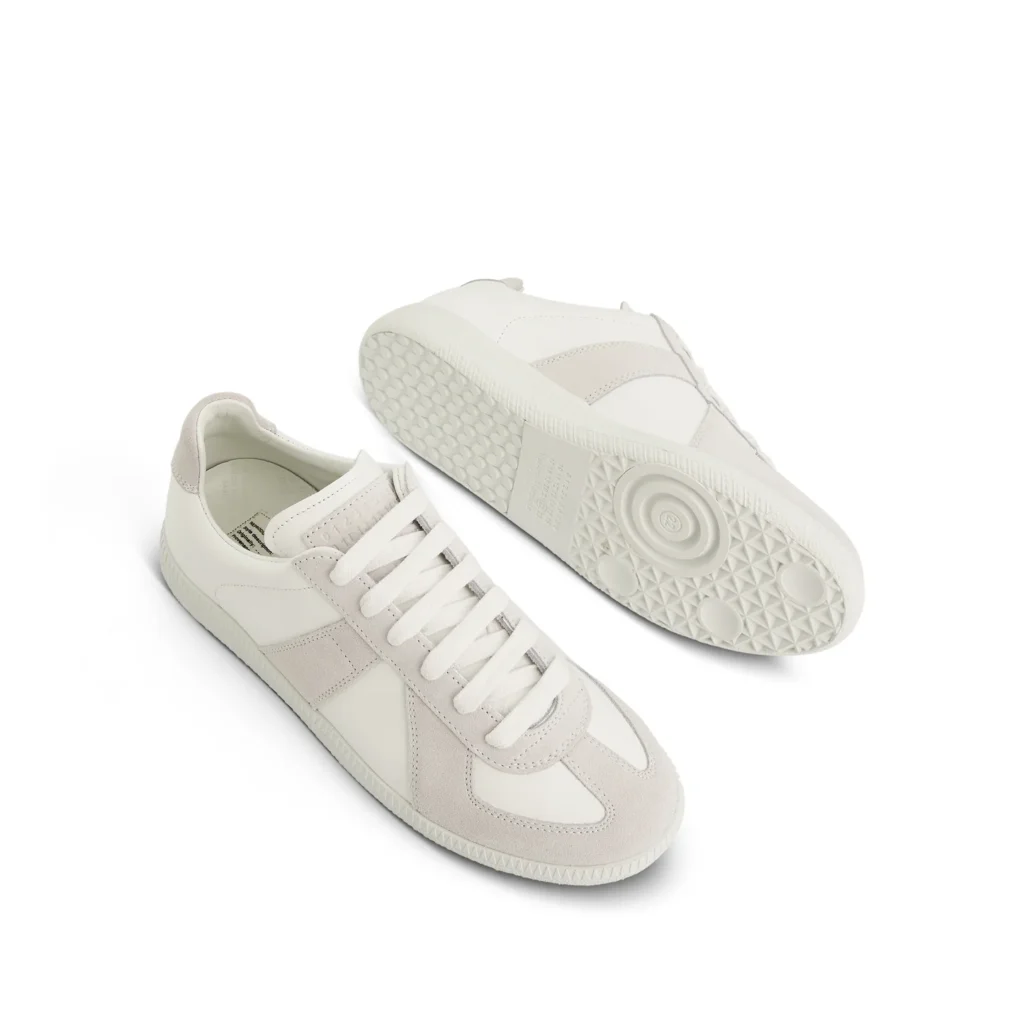Nike, together with Adidas and Puma, has controlled the footwear industry for many years. A growing area in the market belongs to independent shoe brands despite the ongoing dominance of major brands. Individual footwear brands introduce distinctive products that combine innovation with sustainability characteristics and follow different from large corporate brands. The future of independent shoe companies progressively shapes up in 2025 because of technological developments combined with evolving customer demands and commitment to personality and environmental responsibility.
The Rise of Independent Shoe Brands
Independent shoe brands have gained traction due to their ability to cater to niche markets. Unlike mass-produced sneakers, independent brands often focus on handcrafted quality, ethical production, and customization. Consumers today are looking for more than just a well-known logo; they seek authenticity, exclusivity, and personal expression in their footwear.
With the rise of e-commerce and direct-to-consumer (DTC) business models, independent brands have been able to bypass traditional retail structures and sell directly to customers. This approach not only reduces costs but also allows brands to build a loyal community of sneaker enthusiasts who appreciate the story behind the shoes.
Innovation and Sustainability
The commitment toward innovation and sustainability stands out as a leading reason behind independent shoe brands reaching success in 2025. Several independent shoe brands incorporate modern technology to develop sustainable materials that employ recyclable patterning in their production. The industry leader role of Allbirds, combined with Veja, demonstrates sustainable practices that achieve both performance excellence and design aesthetics.
Through 3D printing technology, independent shoe makers have achieved remarkable advancements in their product manufacturing process. Brands achieve reduced environmental impact through 3D printing because they make personalized footwear that generates low manufacturing waste. The technology enables manufacturers to produce shoes on demand, which matches market requirements, thus reducing waste through unnecessary inventory accumulation.
The Role of Social Media and Influencer Marketing
Social media has played a crucial role in the rise of independent shoe brands. Platforms like Instagram, TikTok, and YouTube have allowed small brands to showcase their products to a global audience without the need for massive advertising budgets. Influencer collaborations have also helped independent brands gain credibility and exposure, driving sales and brand awareness.
Consumers in 2025 are more inclined to trust peer recommendations over traditional advertisements. Independent shoe brands leverage user-generated content and influencer partnerships to create buzz around their products. By engaging with customers directly and creating an interactive online presence, these brands build a community rather than just a customer base.
The Shift Towards Customization
Customization is another key trend shaping the independent shoe market in 2025. Consumers no longer want to wear the same mass-produced sneakers as everyone else. Instead, they crave personalized footwear that reflects their style and personality.
Brands like Nike By You have capitalized on customization, but independent brands have taken it a step further by offering fully customizable designs, from material selection to color combinations and even bespoke fits. Some companies use AI and 3D scanning to create perfectly tailored shoes based on an individual’s foot measurements, ensuring maximum comfort and performance.
Challenges Faced by Independent Shoe Brands
Despite their growing popularity, independent shoe brands face several challenges. Competing with well-established giants that have massive production capabilities, marketing budgets, and retail networks can be daunting. Additionally, sourcing sustainable materials and maintaining ethical labor practices can be costly, making it difficult for small brands to keep prices competitive.
Another challenge is brand recognition. While independent brands may have strong niche followings, breaking into mainstream consciousness requires strategic marketing, exceptional product quality, and strong storytelling. Many independent brands rely on crowdfunding campaigns, pop-up shops, and limited-edition drops to generate hype and attract attention.
The Future of Independent Shoes
The future looks bright for independent fakeshoe brands as consumers continue to prioritize uniqueness, sustainability, and ethical production. With advancements in technology and a shift towards more conscious consumption, independent brands are set to disrupt the industry further.
Brands that embrace innovation, engage with their communities, and stay true to their values will continue to thrive in 2025 and beyond. Whether through AI-driven customization, blockchain verification for authenticity, or new sustainable materials, the independent shoe market is poised for exponential growth.
Conclusion
Free shoe brands serve more than standard footwear alternatives because they pioneer individualized sustainable and ethical practices in manufacturing and commerce. The brands are reshaping the evolution of fashion for the future as we move through 2025. The footwear industry will experience a prolonged shift through innovation backed by consumer loyalty which will establish independent shoes as a permanent transformation in the market.



